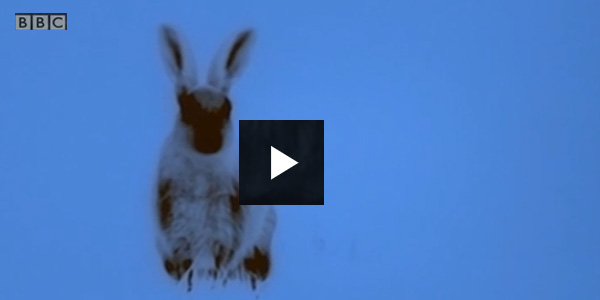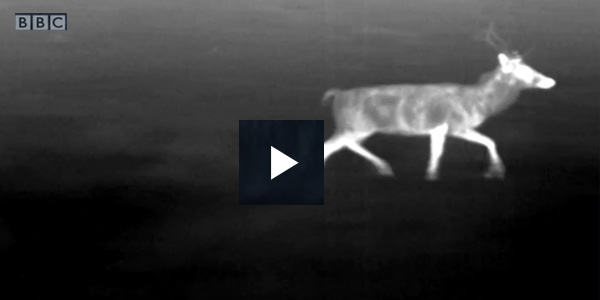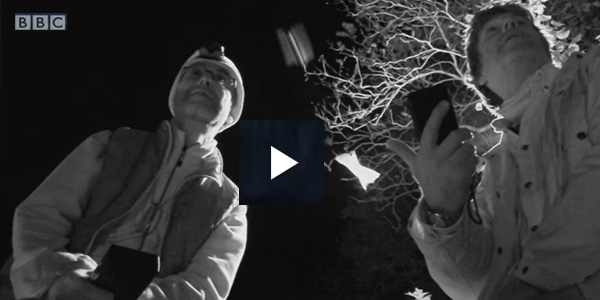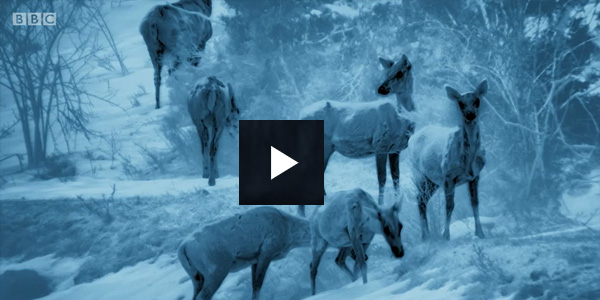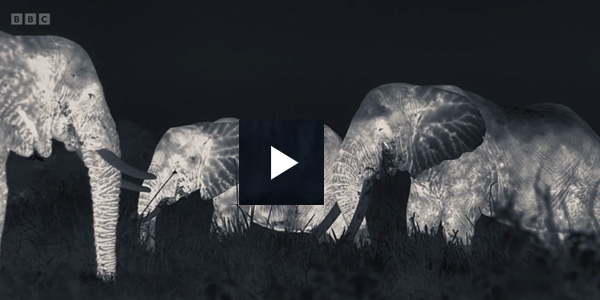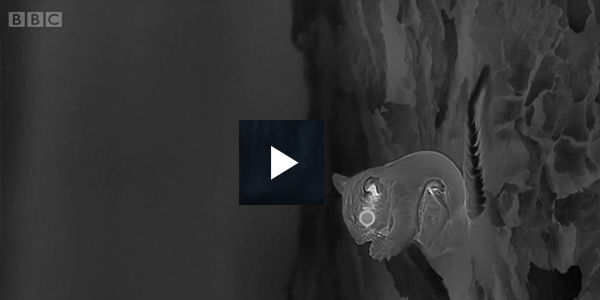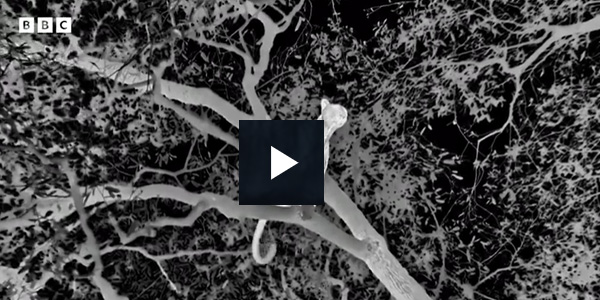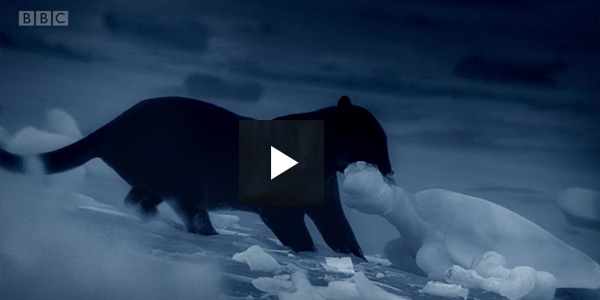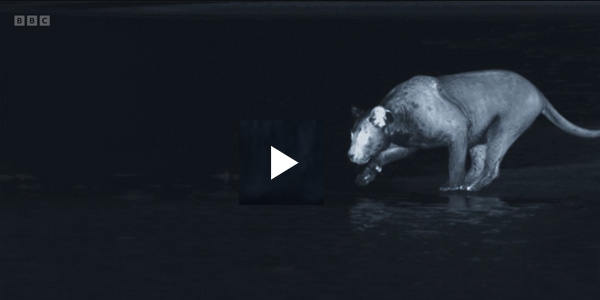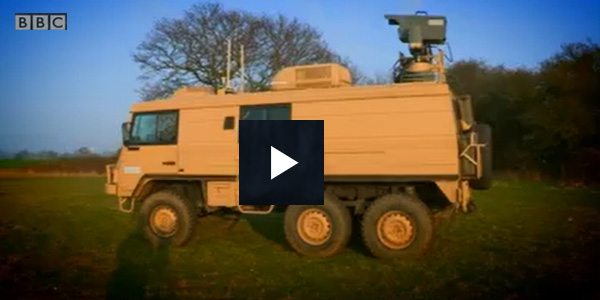We start at the beginning, with a look back to the first time we provided our thermal imaging (TI) technology to the BBC.
Our SLX Merlin TI camera was used for filming and our SLX Hawk TI camera was used for spotting and cueing the cameramen, both of which were manufactured at our sites in Basildon and Southampton, utilising the company’s own detectors.
With our help, the audience was shown images of seldom seen nocturnal animal behaviour, captured with quality and clarity. In this surprisingly suspenseful clip, we saw a hare in a field try to keep her baby safe from the threat of a fox and a badger, all under the cloak of darkness.
Despite decades of scientific research into the deer rut (breeding season), it took until 2015 – when the BBC could use Leonardo technology to film in high definition without light – for this behaviour to be observed at night.
Autumnwatch presenter, Martin Hughes-Games, used our technology to explore the rut on Rùm Island during an after-dark stakeout in this clip.
During the Europe episode of 2019’s Seven Worlds, One Planet, viewers were transported to the Alps, one of Europe’s last remaining areas of wilderness. Just outside a mountain village of central Italy, in the surrounding woods, Leonardo technology allowed the BBC crew to capture footage of wolves hunting for prey in packs at night.
The footage showed an attempted ambush on a group of red deer in pitch black, somewhat foiled by sheepdogs. At the end of the episode, we were given a behind-the-scenes look at how the filmmakers used our cameras to find the predators (starts at 48:00).
The changes in behaviour were reported by naturalists who spent five years watching how mammals were coping with rapidly changing habitats.
At the end of the Elephant episode of Dynasties, we are shown how the bull elephants’ extensive range takes them out of the nature reserve and into surrounding farmland. After nightfall, this brings them into conflict with humans, which is shown using Leonardo’s Superhawk thermal camera.
In this incredible clip, viewers saw the elephants slip silently behind a farmer’s back to feed on his crops.
Our most recent entry on the list comes from Sir David Attenborough's latest series - Mammals. Currently airing on BBC One, the opening episode was shot completely in the dark with the help of our SLX-Superhawk cameras. It showed an African leopard hunting at night for the first time, using its specially adapted eyesight to prey on sleeping monkeys.
Scott Alexander, series producer, explained: "The thermal cameras now are stunning, the detail you can see. You can see the fur, you can see the whiskers of animals, so that technology has opened up that whole new world to us.”
In 2018, our advances in thermal imaging technology allowed the BBC to reveal the secret lives of the world's most mysterious cats. In Episode 2, with the help of our Merlin cameras, viewers saw how jaguars were able to hunt sea turtles in complete darkness, stalking the beaches and biting through their thick armour in Costa Rica. Having been dragged away from the sea, we saw how one turtle became a buffet for opportunistic crabs and insects after a jaguar left it unattended.
Towards the end of filming, the crew captured an “arribada”– the phenomenon of mass, synchronised sea turtle nesting – whereby over 32,000 turtles nested on the beach in 48 hours, leaving viewers with an amazing spectacle.
In the first episode of Planet Earth III, the Leonardo camera used our Superhawk cameras to catch night time images of thousands of roosting cormorants along the Skeleton Coast of Namibia, closely observed by two hungry young desert lions, who had been held back by their dislike of getting wet.
Although birds are not a lion’s usual prey, we see the pair get their eye in, and, in one memorable scene, pluck a cormorant out of the air.
In the spirit of the Planet Earth series, we thought it appropriate to end our article with a look behind the scenes.
In 2013, we saw cameraman Lindsay performing tests during a crash-course in how to use our TI cameras, with some amusing footage of his production team trying out some dance moves in the pitch black of night.


